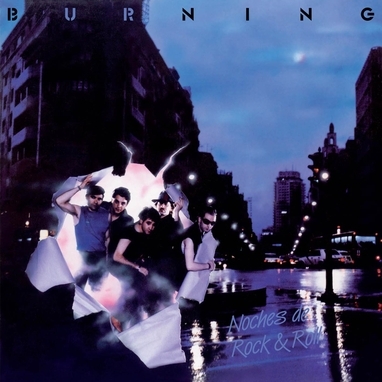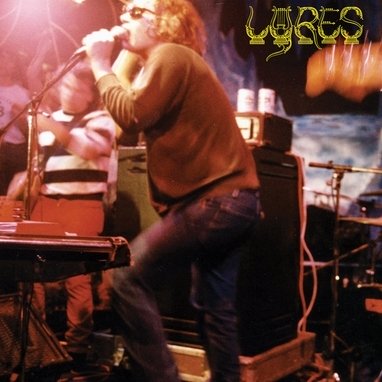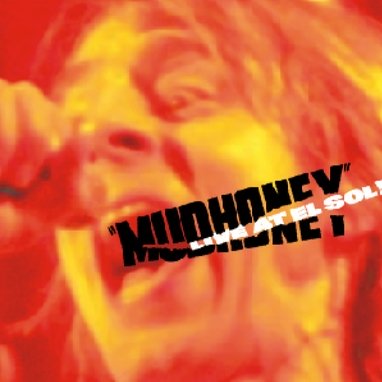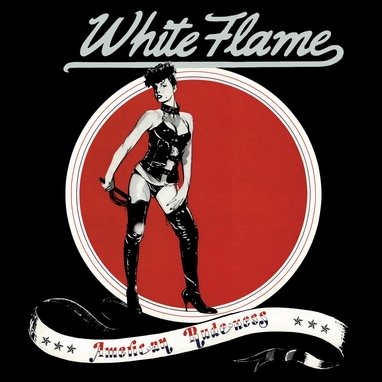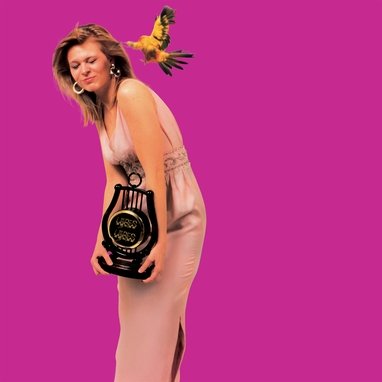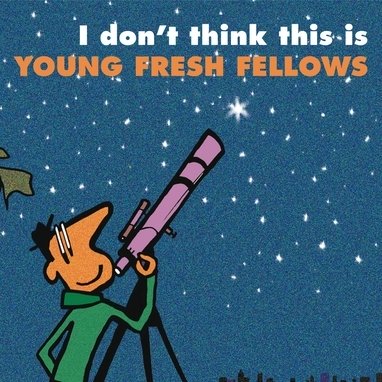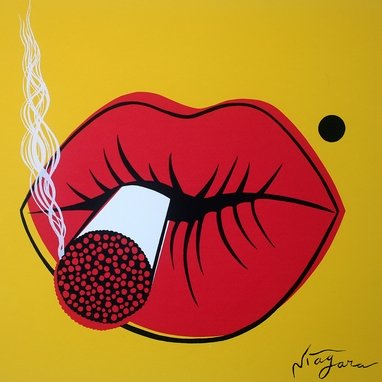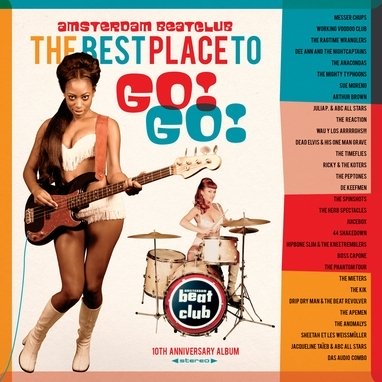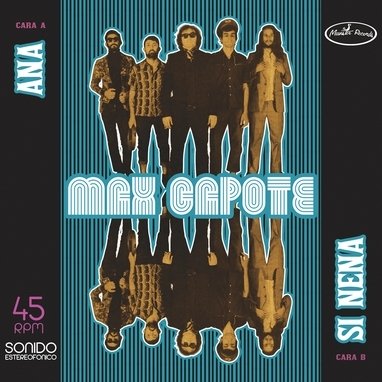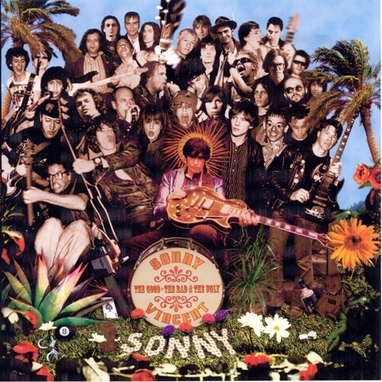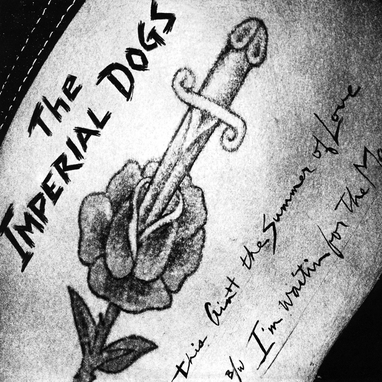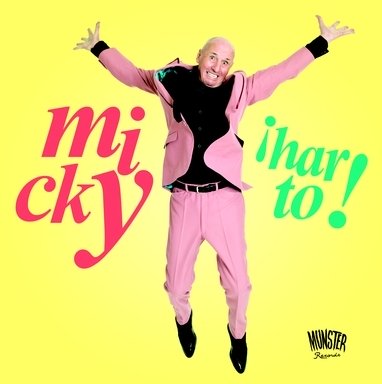Burning
Noches de Rock & Roll
18,00€
Vinilísssimo
Burning
Noches de Rock & Roll
Burning’s fifth album, from 1984, becomes available on vinyl again. As the title implies “Noches de rock & roll” meant an impressive return to the street rock sound of their early LPs.
At last, Burning’s fifth album becomes available after nearly three decades when it was almost impossible to get hold of in good conditions. Forget about cheap editions part of cheap series with the flat sound typical of cheap productions: the hidden gem of the discography of the kings of Madrid’s nights, always rock & roll nights, is rescued here with great sound and packaging. A gem that has a story. Burning, already icons of Spanish rock, had just practically split in half. Toño, their charismatic singer, told his partners Pepe Risi (guitarist) and Johnny Cifuentes (keyboards) that he was moving to Bilbao and planning to launch a new musical project. Manolo, the bass player who had replaced the band’s founder, Enrique Pérez, would leave with him. For some of their followers, here’s where the band, weakened by hard drug abuse and lack of personal harmony, ended. For Pepe and Johnny, it was the opportunity to keep Burning alive and show that they were capable of writing and performing material which matched what was expected from them. Along with them stayed Miguel, their own Bobby Keys, preserving their passion for street rock, that mixture of sweetness and cocky attitude they commanded so well. Their visit to the Sonoland studios produced nine excellent tracks, starting with the catchy ‘Esto es un atraco’, the frenetic album closer ‘Nena’ and ‘Una noche sin ti’, possibly the best song they ever wrote. There were jail tales such as ‘Johnny el Seco’ and ‘Tú de azul y yo no’, a settling of scores with their former vocalist (the tough ‘Y no lo sabrás’), nods to The Velvet Underground (‘Corazón solitario’), sensitive ballads (isn’t ‘El sueño de tu sonrisa’ beautiful?) and one of the most emotionally intense tracks of their career (‘Cristina’, dedicated to a friend of Risi’s who had been murdered by a heroin dealer). Everything fits to perfection. The rock & roll nights were back after their flirtation with new wave sounds and two irregular albums which combined hits and misses. Propelled by the energy of a reliable and professional rhythm section made by drummer Arturo Terriza and bassist Eloy, they recovered part of their original vigour. They were no longer the long-haired guys from the suburbs who howled with lust, who asked their girls to shake their hips, who went for drinks with dangerous guys like Jim Dinamita. But they knew how to sing authentic rock & roll in Spanish better than anyone else. Pepe and Johnny could. They worked hard, recovered old melodies from unreleased songs and gave them new life, writing songs on which the band’s future depended. It didn’t look like they would have a second chance if the first one failed. Some Johnnie Walker bottles helped ease the mood, and soon the record was ready to be released. Again by Belter, a record label which had grown dramatically. When the promotion of the album was just starting and most of its copies were still in the label’s warehouse, awaiting distribution, Belter went bankrupt, due to the problems to agree a necessary capital contribution from its shareholders. The label died of success, and the band saw how their potential hits never reached the shops. It was the start of Burning’s doomed and cult album. Alfred Crespo
Productos relacionados
18,00€
Burning’s fifth album, from 1984, becomes available on vinyl again. As the title implies “Noches de rock & roll” meant an impressive return to the street rock sound of their early LPs.
At last, Burning’s fifth album becomes available after nearly three decades when it was almost impossible to get hold of in good conditions. Forget about cheap editions part of cheap series with the flat sound typical of cheap productions: the hidden gem of the discography of the kings of Madrid’s nights, always rock & roll nights, is rescued here with great sound and packaging. A gem that has a story. Burning, already icons of Spanish rock, had just practically split in half. Toño, their charismatic singer, told his partners Pepe Risi (guitarist) and Johnny Cifuentes (keyboards) that he was moving to Bilbao and planning to launch a new musical project. Manolo, the bass player who had replaced the band’s founder, Enrique Pérez, would leave with him. For some of their followers, here’s where the band, weakened by hard drug abuse and lack of personal harmony, ended. For Pepe and Johnny, it was the opportunity to keep Burning alive and show that they were capable of writing and performing material which matched what was expected from them. Along with them stayed Miguel, their own Bobby Keys, preserving their passion for street rock, that mixture of sweetness and cocky attitude they commanded so well. Their visit to the Sonoland studios produced nine excellent tracks, starting with the catchy ‘Esto es un atraco’, the frenetic album closer ‘Nena’ and ‘Una noche sin ti’, possibly the best song they ever wrote. There were jail tales such as ‘Johnny el Seco’ and ‘Tú de azul y yo no’, a settling of scores with their former vocalist (the tough ‘Y no lo sabrás’), nods to The Velvet Underground (‘Corazón solitario’), sensitive ballads (isn’t ‘El sueño de tu sonrisa’ beautiful?) and one of the most emotionally intense tracks of their career (‘Cristina’, dedicated to a friend of Risi’s who had been murdered by a heroin dealer). Everything fits to perfection. The rock & roll nights were back after their flirtation with new wave sounds and two irregular albums which combined hits and misses. Propelled by the energy of a reliable and professional rhythm section made by drummer Arturo Terriza and bassist Eloy, they recovered part of their original vigour. They were no longer the long-haired guys from the suburbs who howled with lust, who asked their girls to shake their hips, who went for drinks with dangerous guys like Jim Dinamita. But they knew how to sing authentic rock & roll in Spanish better than anyone else. Pepe and Johnny could. They worked hard, recovered old melodies from unreleased songs and gave them new life, writing songs on which the band’s future depended. It didn’t look like they would have a second chance if the first one failed. Some Johnnie Walker bottles helped ease the mood, and soon the record was ready to be released. Again by Belter, a record label which had grown dramatically. When the promotion of the album was just starting and most of its copies were still in the label’s warehouse, awaiting distribution, Belter went bankrupt, due to the problems to agree a necessary capital contribution from its shareholders. The label died of success, and the band saw how their potential hits never reached the shops. It was the start of Burning’s doomed and cult album. Alfred Crespo
Productos relacionados
Noches de Rock & Roll
Burning’s fifth album, from 1984, becomes available on vinyl again. As the title implies “Noches de rock & roll” meant an impressive return to the street rock sound of their early LPs.
At last, Burning’s fifth album becomes available after nearly three decades when it was almost impossible to get hold of in good conditions. Forget about cheap editions part of cheap series with the flat sound typical of cheap productions: the hidden gem of the discography of the kings of Madrid’s nights, always rock & roll nights, is rescued here with great sound and packaging. A gem that has a story. Burning, already icons of Spanish rock, had just practically split in half. Toño, their charismatic singer, told his partners Pepe Risi (guitarist) and Johnny Cifuentes (keyboards) that he was moving to Bilbao and planning to launch a new musical project. Manolo, the bass player who had replaced the band’s founder, Enrique Pérez, would leave with him. For some of their followers, here’s where the band, weakened by hard drug abuse and lack of personal harmony, ended. For Pepe and Johnny, it was the opportunity to keep Burning alive and show that they were capable of writing and performing material which matched what was expected from them. Along with them stayed Miguel, their own Bobby Keys, preserving their passion for street rock, that mixture of sweetness and cocky attitude they commanded so well. Their visit to the Sonoland studios produced nine excellent tracks, starting with the catchy ‘Esto es un atraco’, the frenetic album closer ‘Nena’ and ‘Una noche sin ti’, possibly the best song they ever wrote. There were jail tales such as ‘Johnny el Seco’ and ‘Tú de azul y yo no’, a settling of scores with their former vocalist (the tough ‘Y no lo sabrás’), nods to The Velvet Underground (‘Corazón solitario’), sensitive ballads (isn’t ‘El sueño de tu sonrisa’ beautiful?) and one of the most emotionally intense tracks of their career (‘Cristina’, dedicated to a friend of Risi’s who had been murdered by a heroin dealer). Everything fits to perfection. The rock & roll nights were back after their flirtation with new wave sounds and two irregular albums which combined hits and misses. Propelled by the energy of a reliable and professional rhythm section made by drummer Arturo Terriza and bassist Eloy, they recovered part of their original vigour. They were no longer the long-haired guys from the suburbs who howled with lust, who asked their girls to shake their hips, who went for drinks with dangerous guys like Jim Dinamita. But they knew how to sing authentic rock & roll in Spanish better than anyone else. Pepe and Johnny could. They worked hard, recovered old melodies from unreleased songs and gave them new life, writing songs on which the band’s future depended. It didn’t look like they would have a second chance if the first one failed. Some Johnnie Walker bottles helped ease the mood, and soon the record was ready to be released. Again by Belter, a record label which had grown dramatically. When the promotion of the album was just starting and most of its copies were still in the label’s warehouse, awaiting distribution, Belter went bankrupt, due to the problems to agree a necessary capital contribution from its shareholders. The label died of success, and the band saw how their potential hits never reached the shops. It was the start of Burning’s doomed and cult album. Alfred Crespo
Burning’s fifth album, from 1984, becomes available on vinyl again. As the title implies “Noches de rock & roll” meant an impressive return to the street rock sound of their early LPs.
At last, Burning’s fifth album becomes available after nearly three decades when it was almost impossible to get hold of in good conditions. Forget about cheap editions part of cheap series with the flat sound typical of cheap productions: the hidden gem of the discography of the kings of Madrid’s nights, always rock & roll nights, is rescued here with great sound and packaging. A gem that has a story. Burning, already icons of Spanish rock, had just practically split in half. Toño, their charismatic singer, told his partners Pepe Risi (guitarist) and Johnny Cifuentes (keyboards) that he was moving to Bilbao and planning to launch a new musical project. Manolo, the bass player who had replaced the band’s founder, Enrique Pérez, would leave with him. For some of their followers, here’s where the band, weakened by hard drug abuse and lack of personal harmony, ended. For Pepe and Johnny, it was the opportunity to keep Burning alive and show that they were capable of writing and performing material which matched what was expected from them. Along with them stayed Miguel, their own Bobby Keys, preserving their passion for street rock, that mixture of sweetness and cocky attitude they commanded so well. Their visit to the Sonoland studios produced nine excellent tracks, starting with the catchy ‘Esto es un atraco’, the frenetic album closer ‘Nena’ and ‘Una noche sin ti’, possibly the best song they ever wrote. There were jail tales such as ‘Johnny el Seco’ and ‘Tú de azul y yo no’, a settling of scores with their former vocalist (the tough ‘Y no lo sabrás’), nods to The Velvet Underground (‘Corazón solitario’), sensitive ballads (isn’t ‘El sueño de tu sonrisa’ beautiful?) and one of the most emotionally intense tracks of their career (‘Cristina’, dedicated to a friend of Risi’s who had been murdered by a heroin dealer). Everything fits to perfection. The rock & roll nights were back after their flirtation with new wave sounds and two irregular albums which combined hits and misses. Propelled by the energy of a reliable and professional rhythm section made by drummer Arturo Terriza and bassist Eloy, they recovered part of their original vigour. They were no longer the long-haired guys from the suburbs who howled with lust, who asked their girls to shake their hips, who went for drinks with dangerous guys like Jim Dinamita. But they knew how to sing authentic rock & roll in Spanish better than anyone else. Pepe and Johnny could. They worked hard, recovered old melodies from unreleased songs and gave them new life, writing songs on which the band’s future depended. It didn’t look like they would have a second chance if the first one failed. Some Johnnie Walker bottles helped ease the mood, and soon the record was ready to be released. Again by Belter, a record label which had grown dramatically. When the promotion of the album was just starting and most of its copies were still in the label’s warehouse, awaiting distribution, Belter went bankrupt, due to the problems to agree a necessary capital contribution from its shareholders. The label died of success, and the band saw how their potential hits never reached the shops. It was the start of Burning’s doomed and cult album. Alfred Crespo

